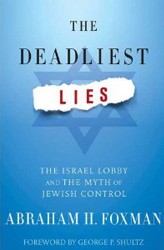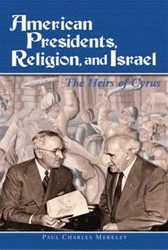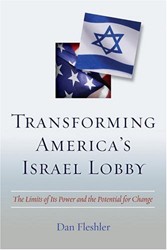Sara Yael Hirschhorn’s City on a Hilltop: American Jews and the Israeli Settler Movement tells the stories of the young American Jews – often self-identified liberal progressives, products of the Americans 1960s – who became the earliest founders and residents of key Israeli settlements outside the infamous “green line.” Avoiding the stereotypes into which settlers are often cast, Hirschhorn astutely assesses settlers as utopian idealists, embodying both liberal values and an “illiberal project.” While they may have approached their cause with passionate zealousness they were not, in their minds, “Zealots for Zion,” but rather the next generation of Israeli chalutzim (“pioneers”), carrying on the legacy of generations of Jews who yearned to rebuild vibrant Jewish life in biblical Israel.
The story of these early American Jewish settlers could not be more timely. It has now been fifty years since the 1967 Six-Day War, a turning point in the history of the modern State of Israel. For some, this has been fifty years of a reunified Jerusalem and opportunities to settle and secure the land and vision of a “Greater Israel;” for others, as Hirschhorn herself acknowledges, it has been fifty years of “occupation,” of Palestinian people and of Palestinian land. The settlements that were born in the years after the Six-Day War are now fully realized cities with generations of inhabitants. The challenges they post are neither simple nor easy.
Hirschhorn largely opts out of these more contentious conversations about the future of the region. Instead she primarily focuses on the development and residents of a few select settlements — primarily those in the West Bank, but also one notable short-lived settlement in the Sinai Peninsula. She also delicately explores the realities of the settler-turned-terrorist, and the dichotomy between the isolated but important stories of settler-terrorists such as Baruch Goldstein and the daily life and attitudes of the majority of settlement residents.
It is disappointing that none of the highlighted settlements are (or were) located in Gaza; it would seem that the stories of Gaza-based settlements, from their construction through the aftermath of withdrawal, must be explored in a seminal work on this subject. It is certainly plausible, albeit unlikely, that many of the settlements in the Gush Katif bloc in Gaza were not founded by American Jews, and thus largely outside the scope of Hirschhorn’s research. But even in that unlikely scenario, the anomaly would warrant discussion. Why did American Jews settle in certain areas that came under Israeli control post-June 1967, and not others?
With an impressively documented biography and detailed notes, all befitting an author with Hirschhorn’s academic training, City on a Hilltop is a welcome addition to the body of literature on Zionism, the American Jewish and American-Israeli Jewish experience, the future of the State of Israel, and more. Hirschhorn’s work unpacks settlement and settler stereotypes, personalizing the realities of these communities and their inhabitants in critical ways. Hirschhorn provides a highly nuanced understanding of how settlers view themselves and their life work as contributors to the greater Zionist dream, helping her readers to become better prepared to respond to conflicting ideas about them with grace and dignity.
Joy Getnick, PhD, is the Executive Director of Hillel at the University of Rochester. She is the author of the Melton School of Adult Jewish Learning Beyond Borders: The History of the Arab-Israeli Conflict, has taught history at area colleges, and previously worked in the JCC world and as the director of a teen Israel travel summer program.




